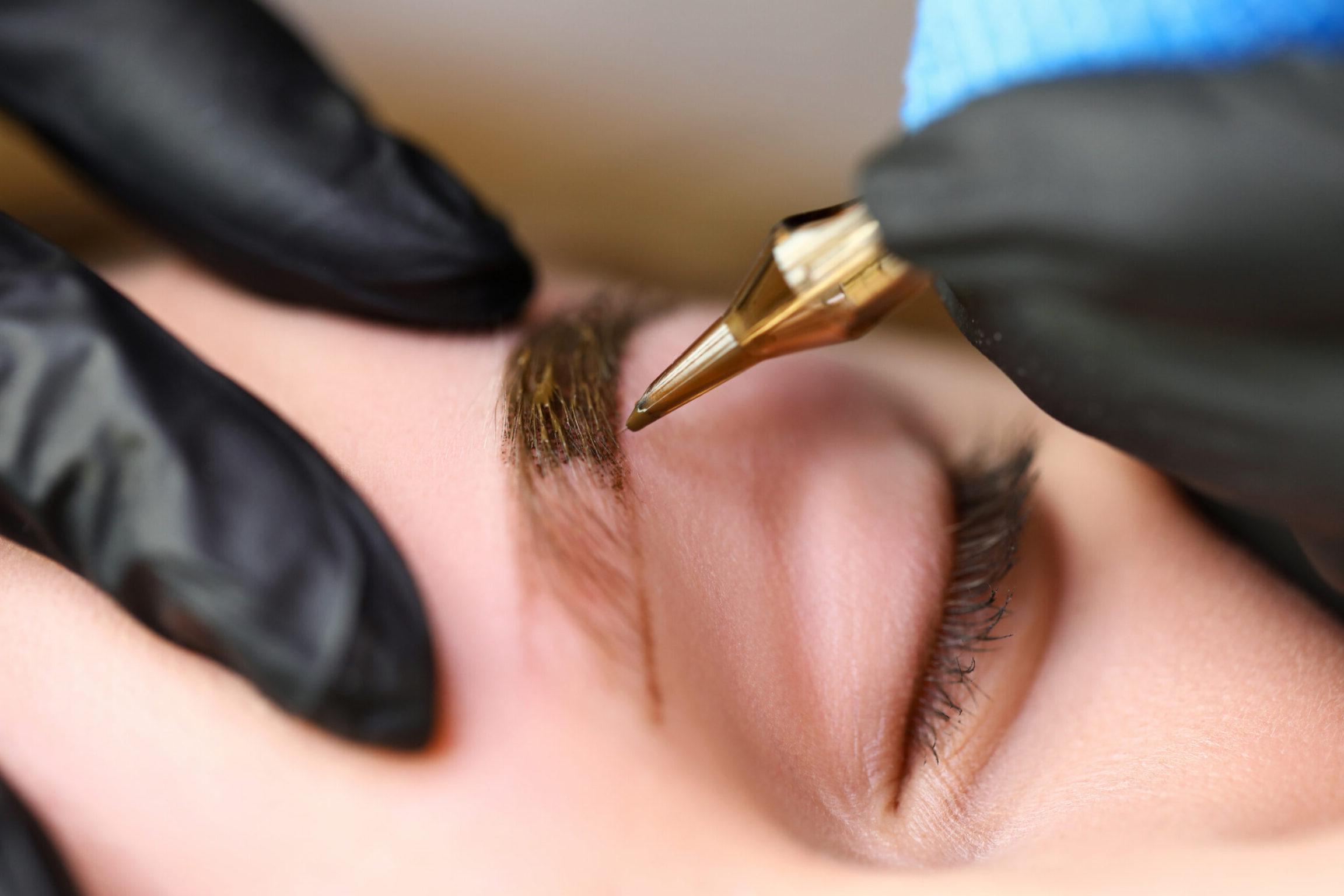5 Frequently Asked Questions About Vaginal Rejuvenation

According to a survey from the National Women’s Health Resource Center, 56 percent of women aged 40 to 84 have experienced vaginal dryness after menopause. Women may also experience sexual changes as a result of childbirth or the natural effects of aging. Their lives can be impacted by decreased sexual sensation, lowered sexual function, and urinary incontinence.
While these changes can be frustrating, there are treatment options available. diVa laser vaginal rejuvenation effectively treats these symptoms by stimulating blood flow and collagen production. Here are the most common questions patients have about the diVa treatment.
What Causes Age-Related Vaginal Changes?
As women age, decreased estrogen production leads to thinning of the vaginal walls, decreased lubrication, and even tissue inflammation — all of which contribute to uncomfortable symptoms. While menopause is the most common reason for these changes, they can also occur with childbirth, breastfeeding, chemotherapy, and certain medical procedures such as a hysterectomy.
How Does Laser Vaginal Rejuvenation Work?
The diVa procedure uses Hybrid Fractional Laser (HFL) technology, which allows the surgeon to individually target the treatment for each patient. When applied to the vaginal walls, the laser resurfaces the tissue and replaces it with healthy, new tissue. The lasers also stimulate the production of collagen, a vital substance for strong, healthy tissue.

What Conditions Can Be Treated With Laser Rejuvenation?
The diVa treatment can alleviate a range of symptoms, such as:
- Sexual dissatisfaction, including pain during intercourse
- Increased dryness or reduced sensation
- Accidental bladder leakage, especially when coughing, sneezing or laughing
How Long Does It Take?
This is an outpatient procedure performed under local anesthesia. Each treatment takes just three to five minutes. During the procedure, most patients experience minimal discomfort and only a slight pressure in the treatment area. While some women experience noticeable relief from symptoms right away, others need one or more additional treatments a few weeks apart to receive the full benefit.
What Does the Recovery Look Like?
After the procedure, regular activities can be resumed immediately. It’s normal for patients to experience minor cramps or spotting. Women should avoid sexual intercourse for 48 hours following the treatment. As an added precaution, it’s also recommended to avoid swimming pools or bathtubs during the first 48 hours.

About The Author
In the Columbus area, women considering vaginal rejuvenation can trust our team at Donaldson Plastic Surgery. As a Diplomat of the American Board of Plastic Surgery, Dr. Jeffrey Donaldson completes ongoing education to offer the most innovative and safe treatments available. Call us at 614-442-7610 to schedule a consultation at our comfortable, spa-like office and learn about reducing sexual symptoms of aging without invasive surgery or hormone treatments.
Related Articles

Read More Labiaplasty Under Local Anesthesia
Labiaplasty Under Local Anesthesia
Thanks to advances in surgical techniques & local anesthesia, labiaplasty can be performed to the same degree of excellence within the comfort of a private medical practice.

Read More Stress Incontinence Treatments For Women
Stress Incontinence Treatments For Women
There are a number of effective surgical procedures, safe nonsurgical treatments and easy-to-adopt lifestyle changes that can help to reduce the symptoms of stress incontinence in women.

Read More 6 Things You Need To Know About Labiaplasty
6 Things You Need To Know About Labiaplasty
From some often-overlooked functional improvements to incredible aesthetic changes, here are some of the most important things you should know about the labiaplasty procedure!













